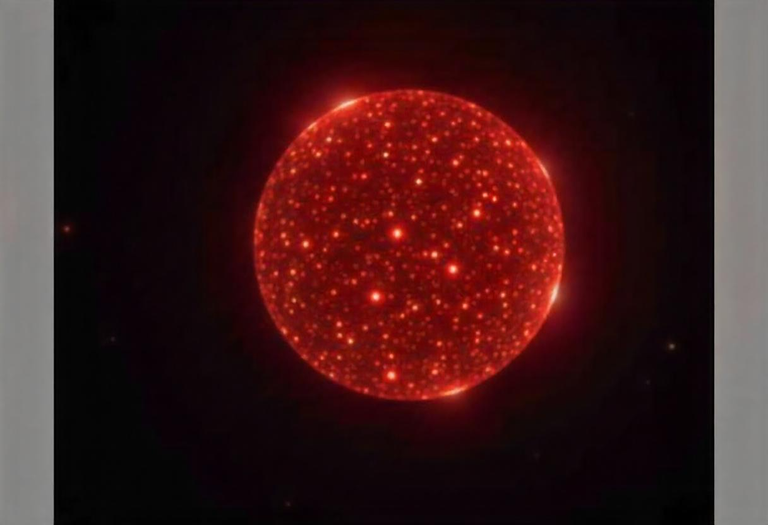4 exoplanets discovered in the second closest system
4 exoplanets discovered in the second closest system

A study by scientists at the University of Chicago has discovered four new planets, they are small planets, rocky planets and they are orbiting the second closest star system to us, it is Barnard Star.

Souce
This study has also ruled out the existence of planets in the habitable zone of Barnard Star, which is a bit strange because we have four planets in a very short distance, they are very close together orbiting their star and then we have a void, beyond the habitable zone there could be a planet, perhaps, but we have not discovered it yet; The problem is that in the habitable zone, for example, there would be no planet, but how to explain that gap if other planets exist later or how to explain that there are four and they are so close together is something very curious.

Maybe there are more planets, at the moment we have found one and where there is one there are surely more, another thing is that we have the technological capacity to discover those more planets that may exist around that star, there may be stars in stable red lullabies, yes there are also because almost all of them are unstable because almost all of them are very young, they are extremely young.
The images without reference were created with AI
Thank you for visiting my blog. If you like posts about #science, #planet, #politics, #rights #crypto, #traveling and discovering secrets and beauties of the #universe, feel free to Follow me as these are the topics I write about the most. Have a wonderful day and stay on this great platform :) :)
197
0
48.973 STEM
Good post!
That gap is well known, I wrote recently a post about it (German only)
https://peakd.com/hive-121566/@stayoutoftherz/wo-sind-die-planeten-wo-sind-sie-nur-geblieben
and I even have a bizarre theory about the reason of that gap!
Thanks a lot;
Yes, the two causes that can cause the gap are interesting; I would like to know if it differs in the method they use to find exoplanets, because most are close to their star, and of course exoplanets with very large orbits are difficult to find.
Greetings
Thanks for your contribution to the STEMsocial community. Feel free to join us on discord to get to know the rest of us!
Please consider delegating to the @stemsocial account (85% of the curation rewards are returned).
You may also include @stemsocial as a beneficiary of the rewards of this post to get a stronger support.